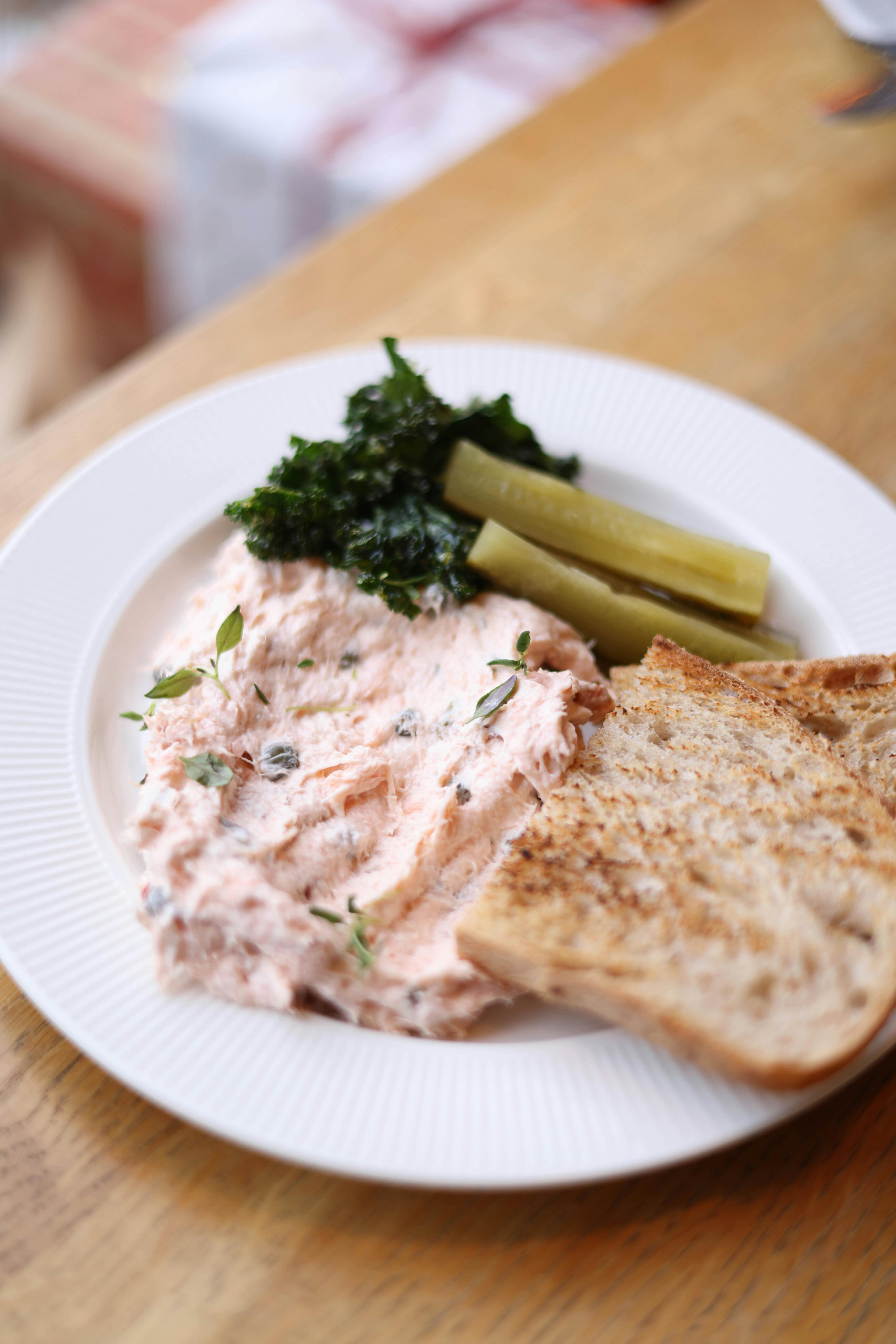Simple Ways to Take Off Acrylics at Home for Better Nail Health
Acrylic nails provide a glamorous look, but removing them at home can be a challenge. It’s crucial to know how to remove acrylic nails safely to avoid any damage to your natural nails and maintain their overall health. In this article, we will explore several effective methods for removing acrylics at home, ensuring that your nails remain strong and healthy. We'll discuss safe practices, home remedies, and tips for nail care after the removal process.
Understanding the best way to remove acrylics not only saves you time but also minimizes the risk of damaging your natural nails. With a focus on easy techniques and proper aftercare, you can ensure your nails recover beautifully. Here's what we will cover:
- Effective methods for acrylic nail removal
- Step-by-step instructions for different techniques
- Aftercare tips to maintain nail health
Let’s dive into the world of safe acrylic nail removal!
Safe Methods to Remove Acrylics at Home
Many individuals are wary of how to remove acrylic nails at home, concerned about causing damage to their natural nails. However, there are several safe methods to ensure the removal is gentle. The most commonly used substances for this are acetone and alternative solutions that can soften acrylics.
Using Acetone for Acrylic Removal
Acetone is the most well-known method for acrylic nail removal. It effectively dissolves the acrylic, making it easier to remove. The process involves soaking the nails in acetone; here’s how to do it:
- Begin by filing the top layer of the acrylic nails gently to break the seal.
- Soak cotton balls in acetone and place them on each nail.
- Wrap each finger with aluminum foil to keep the cotton in place.
- Allow nails to soak for 20-30 minutes.
- Check if the acrylic has softened, gently pushing it off with a wooden stick.
This method is effective for quick removal but can be drying for your natural nails if not followed up with proper aftercare.
Alternative Methods: Gentle Techniques
If you're looking for alternatives to acetone for acrylic removal, consider these methods:
- Using Warm Water: Soak your hands in warm, soapy water for at least 30 minutes, which can help soften the acrylics.
- Nail Wraps: These are specially designed to work with a solvent to gradually dissolve the acrylic.
Using Dental Floss for Removal
A unique method involves using dental floss to slide between the acrylic and natural nail. To do this:
- Soak the nails in a solution to soften the acrylic.
- Carefully slide the floss under the acrylic, moving it gently back and forth.
This method minimizes the pressure on the nails and can lead to a less painful removal process.
Step-by-Step Acrylic Removal Techniques
To ensure you achieve the best results when removing acrylic nails, following a structured approach is essential. Here are some step-by-step techniques to consider:
Soak Off Acrylic Nails
The soak-off method is popular and effective. It allows for gentle dissolving of the acrylic and typically yields great results. Initially, prepare by gathering your materials:
- Acetone or alternative solution
- Cotton balls
- Aluminum foil or plastic wraps
- Wooden stick or nail buffer
How Long to Soak Acrylic Nails
Understanding how long to soak acrylic nails is crucial. Generally, a soak time of 20-30 minutes is recommended. However, individual outcomes may vary based on nail thickness. Keep a close eye on the process.
Removing Acrylic Nails with Oil
A method that promotes nail health involves using oils, such as olive oil or coconut oil. This method not only helps dissolve the acrylic but also provides hydration. Here’s how:
- Apply a generous amount of oil to the nails and massage it in.
- Wait for the acrylic to soften, then gently push it off.
Nail Care After Acrylic Removal
After successfully removing your acrylics, giving your nails proper care is vital to avoid any long-term damage and maintain their health. Here are some nail care practices to follow:
Hydrating Your Nails
Post-removal, your natural nails may feel dry or brittle. Applying a nourishing nail treatment or oil can help restore moisture and strength. Look for products rich in vitamins and nutrients specifically designed for nail hydration.
Signs of Acrylic Damage
Be aware of signs of acrylic damage, such as peeling or cracking. If you notice these, it’s important to take extra care in the following weeks. Gentle practices like regular moisturizing and avoiding harsh chemicals can aid your nails in recovery.
Resting Your Nails
To encourage healthy regrowth, try to leave your nails unpolished for a few weeks. This “rest” period allows the nails to regain strength naturally. In the meantime, focus on a balanced diet rich in vitamins and minerals that promote nail health.
Frequently Asked Questions
What methods can I use to remove acrylics without damage?
Safe methods include using acetone, warm water, and oils. Utilizing gentle techniques minimizes the risk of damage to your natural nails.
How do I care for my nails after acrylic removal?
Ensure to hydrate your nails with natural oils or nutrient-rich nail treatments. Also, avoid nail polish for a few weeks to allow recovery.
Can I remove acrylic nails quickly?
While quick removal is possible using acetone, it is essential to follow up with proper aftercare to maintain nail health.

Conclusion
Removing acrylic nails at home can be a straightforward process if approached correctly. The various techniques outlined ensure that you can achieve the best results while protecting and caring for your natural nails. Remember to prioritize aftercare to nourish and maintain nail health post-removal. By applying these simple methods, you can enjoy beautiful, healthy nails without the need for professional assistance!

